Baldur’s Gate 3 is coming soon, and it’s… kind of weird? Larian Studios‘ opening cutscene for Baldur’s Gate 3 eschewed the bread and butter fantasy of orcs, skeletons, and dark lords. Instead, we got an octopus-headed alien and some seriously squicky eye-parasite action. Sure, dragons come into the picture soon enough, but what are those skinny grey humanoids riding them?
There are a lot of interesting tidbits about what’s in store for us that can be inferred from the Baldur’s Gate 3 opening cinematic. Although you’d have to be a huge, hopeless nerd who spent more than one lonely night poring over the many, many rules and lore books from Dungeons & Dragons‘ long history…
Hi, nice to meet you.
There are more things in dungeons than dragons
Dungeons & Dragons has been a glorious fantasy kitchen sink since its inception, a mishmash of world mythology, folklore, J.R.R. Tolkien, Robert E. Howard, Ray Harryhausen, and more all shaken up and stirred with a Lovecraftian cherry on top. The variety of monsters in the game reflect this, with orcs, unicorns, demons, sphinxes, and leprechauns all sharing space on the Monster Manual.
This generic approach is part of the game’s enduring popularity, making Dungeons & Dragons highly adaptable to a wide range of styles and tones. But some creatures were created out of whole cloth for Dungeons and Dragons. These tend to be the most simultaneously stupid and compelling creatures; take the beholder, for example, a floating ball of eye tentacles that shoot various flavors of “screw you.”
The original monsters of Dungeons & Dragons are particularly valuable to Wizards of the Coast/Hasbro as a brand, as they distinguish it from other fantasy games and can also be copyrighted as “Product Identity.” Larian Studios is making Baldur’s Gate 3, the sequel to the most iconic Dungeons & Dragons video game in history. So in an increasingly saturated fantasy RPG ecosystem, it makes sense that they’d pull from the weirder parts of D&D lore to make it stand out.
Larian’s very first teaser trailer for Baldur’s Gate 3 was a squicky taste of things to come. A warrior walking through a war-torn city undergoes a violent transformation into a sinister, tentacle-faced monster.
Meet the mind flayers
Dungeons & Dragons players will immediately recognize this nasty as a mind flayer, one of the game’s iconic monsters. Also known as illithids, the mind flayers have been around since the game’s early days, appearing in assorted periodicals with descriptions of psychic powers. But it was the first ever Monster Manual that codified the mind flayer’s distinctive appearance, with its high-collared, skull-adorned Ming the Merciless robe.
Right from the beginning, mind flayers weren’t anything to mess around with. It was tougher than typically buff creatures like minotaurs or ogres and had four chances to hit you with its tentacles. One tentacle hit would pull out your character’s brain in 1-4 rounds, meaning instant death, no matter your hit points. But they were even more dangerous at a distance, thanks to their psionic mind blast. This psychic attack could make your character insane, angry, comatose, or simply pop their head like in Scanners. Maybe a preferable fate to being mind-controlled by their other psychic powers. And of course, illithids are almost immune to magic to boot. Good luck, adventurers.
Cut-price Cthulhu
With a scary set of powers and distinctive cosmic horror-inspired look, mind flayers became fan-favorite monsters. Later editions would build on the vague backstory of the original monster book entries. They were developed into one of the main societies of the Underdark, the subterranean realm of underground nations including another iconic D&D adversary, the drow, or dark elves. The drow had some bad-boy glamor to them and were also popular as a race for player characters. Illithids, on the other hand, were far too gross and weird for that. They remained fundamentally alien and unknowable — and all the more flavorful for that.
Additional variants such as the ulitharid (noble illithids) and the alhoon (undead lich mind flayer!) were introduced to challenge high-level characters. Other illithid-associated monsters like the brain golem were also developed. The underground society of the mind flayers was fleshed out, including — most importantly for understanding Baldur’s Gate 3 — their reproductive process.
Mind flayers appear in Baldur’s Gate II and are among the most challenging encounters of the game. There’s a section set in the Underdark where you can fight your way through an illithid city. After a series of tough battles with mind flayers and related creatures, the player can encounter the elder brain. Think a big ol’ overmind that absorbs the memories of the illithids when they die. The elder brain sits in a pool of fluid surrounded by tadpole-like larvae. It seems to be one of those that is inserted into the eyes of the player character in the opening cinematic of Baldur’s Gate 3, and oh boy is it bad news.
What’s with the brain-worm?
Illithids are hermaphroditic and reproduce through a horrific process called ceremorphosis. Each mind flayer spawns some larvae and leaves them to marinate in elder brain juice for a decade. Surviving larvae are then implanted in a host of roughly human size and shape. The larva then grows and consumes the host’s brain and gradually transforms the host body into an adult illithid. Put two and two together, and it’s likely that the announcement trailer depicts the fate that awaits our hero from the opening cinematic.
Swen Vincke showed us some Baldur’s Gate 3 gameplay at PAX East, and it looks like the larva inside our player character’s brain will be a big factor in the story. Obviously, a major plot point is to try and have it removed. But there will be gameplay effects too. The larva can grant special powers and acts as a mental influence on our hero. The protagonist can choose to embrace these powers and urges or resist them. Veteran players will recognize this as similar to the influence of the taint of Bhaal in the previous games. But you won’t be the only one carrying this burden. And one of the other characters in the opening cinematic also carries very interesting story implications.
Gith us a clue
The first being in the video to receive a nice scoop of eye-scream is a lanky humanoid with pointed ears and teeth. She’s another race specific to D&D — a gith. Gith come in two flavors: githyanki and githzerai. Their author, Charles Stross, explicitly tied their backstory to the mind flayers (while lifting their name off a George R.R. Martin short story). The gith were a human-like race enslaved for centuries by the illithids, until they developed psionic powers and liberated themselves. The race split into two factions, both sworn enemies of the mind flayers — and each other. A githzerai companion, Dak’kon, incidentally appeared in Planescape: Torment.
The githyanki are the evil faction of gith and extremely dangerous monsters in Dungeons & Dragons, as befits a race that hunts mind flayers. They combined all the magic and fighting abilities available to player characters, added psionic powers to boot, and carried powerful magic weapons. They show up as opponents in Baldur’s Gate II a few times and can be a challenge even for high-level parties. Baldur’s Gate 3 will be the first CRPG to shows us the githyanki’s point of view, either from a companion or possibly the player character. Githyanki normally reside on the astral plane, a different dimension to the material world. When they invade, they can use mighty red dragons as mounts. That’s another nice nod to D&D lore in Baldur’s Gate 3‘s opening cinematic, but what about that flying… thing… they’re taking down?
The flying squid-ship
During Dungeons & Dragons‘ second edition run, the game branched out creatively, releasing many settings that tweaked the original sword and sorcery template. And what if Dungeons & Dragons went… into SPAAAAACE? That’s the pitch of Spelljammer, one of the most endearingly bizarre settings in D&D history. Your orcs, dwarves, elves, and so on would explore the galaxy using magically powered spaceships.
Of course the illithid, which already had more than a whiff of pulp sci-fi alien about them, were perfect for the setting and featured prominently as antagonists. Their conch-like ships of the line were called nautiloids. Interestingly, current lore tells us that such ships are so rare that the mind flayers only use them in emergencies, such as the evacuation of an elder brain. This could be exactly what’s happening at the beginning of Baldur’s Gate 3‘s story.
Baldur’s Gate 3 has big boots of speed to fill. The CRPG landscape has changed a lot since Throne of Bhaal. There’s an obvious pitfall for a Dungeons & Dragons game — how do you avoid being a generic fantasy story in a market glutted with D&D clones? Larian is going in an intriguing direction by prominently featuring the conflict between D&D‘s dimension-hopping, mind-blasting races. And I’m hungry for it like a mind flayer at a Mensa meeting.

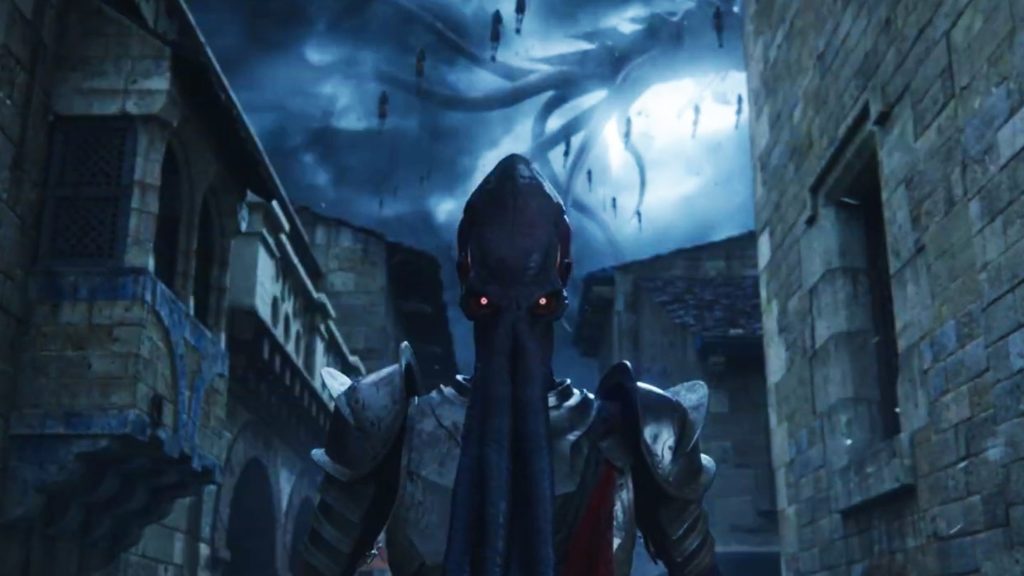
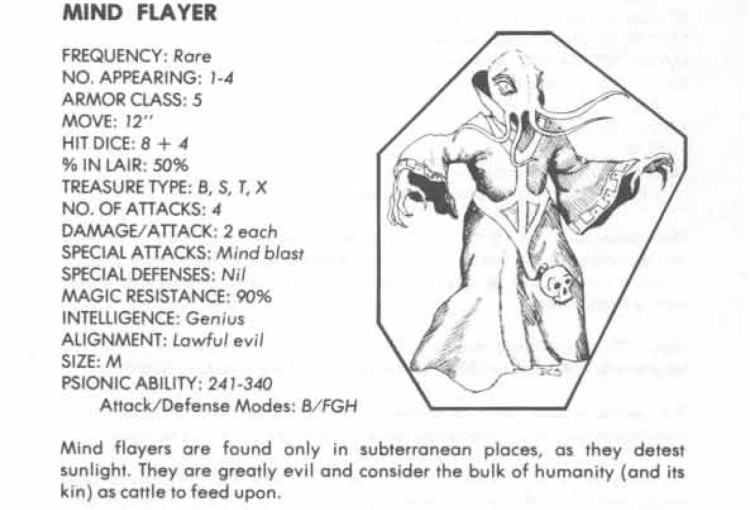
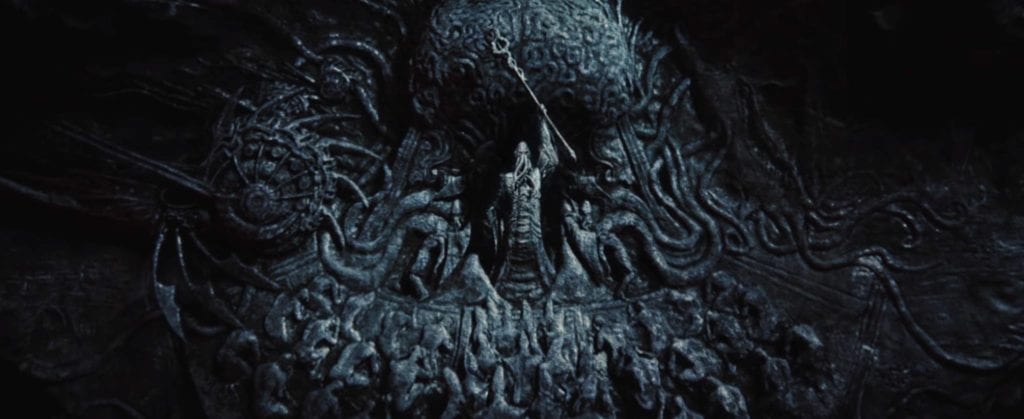
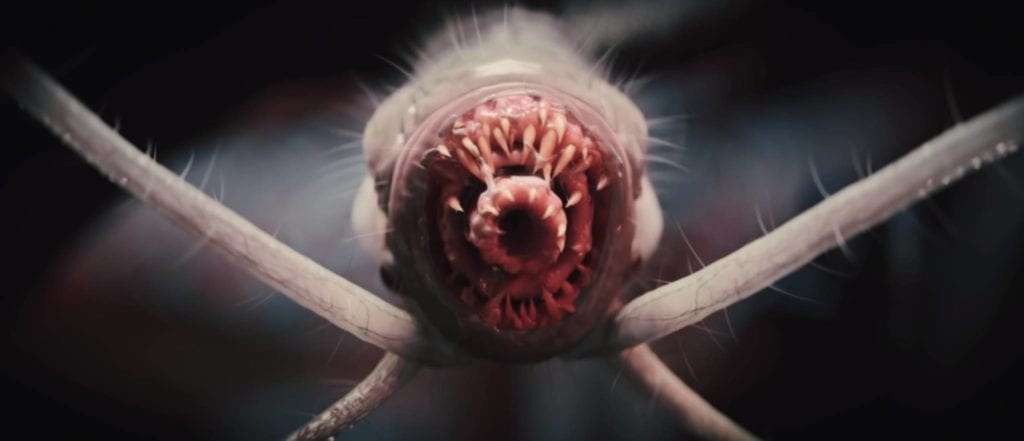

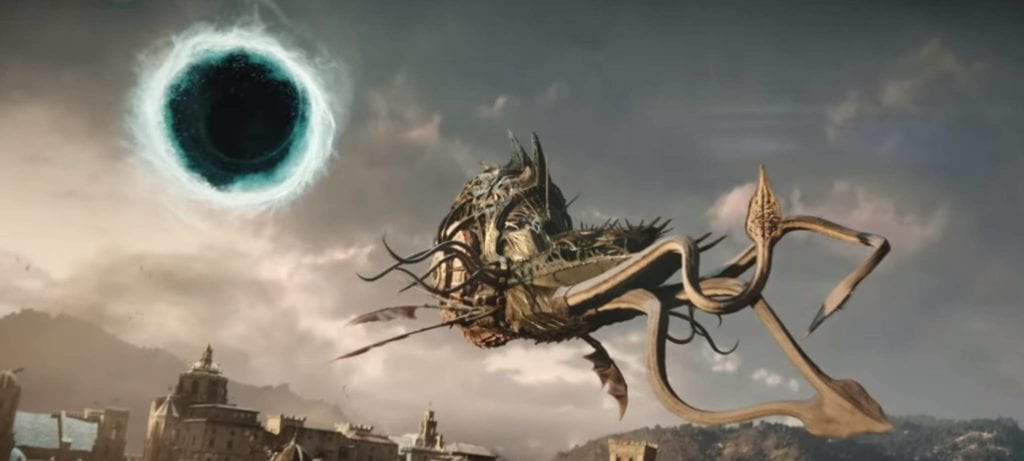





Published: Mar 12, 2020 11:30 am